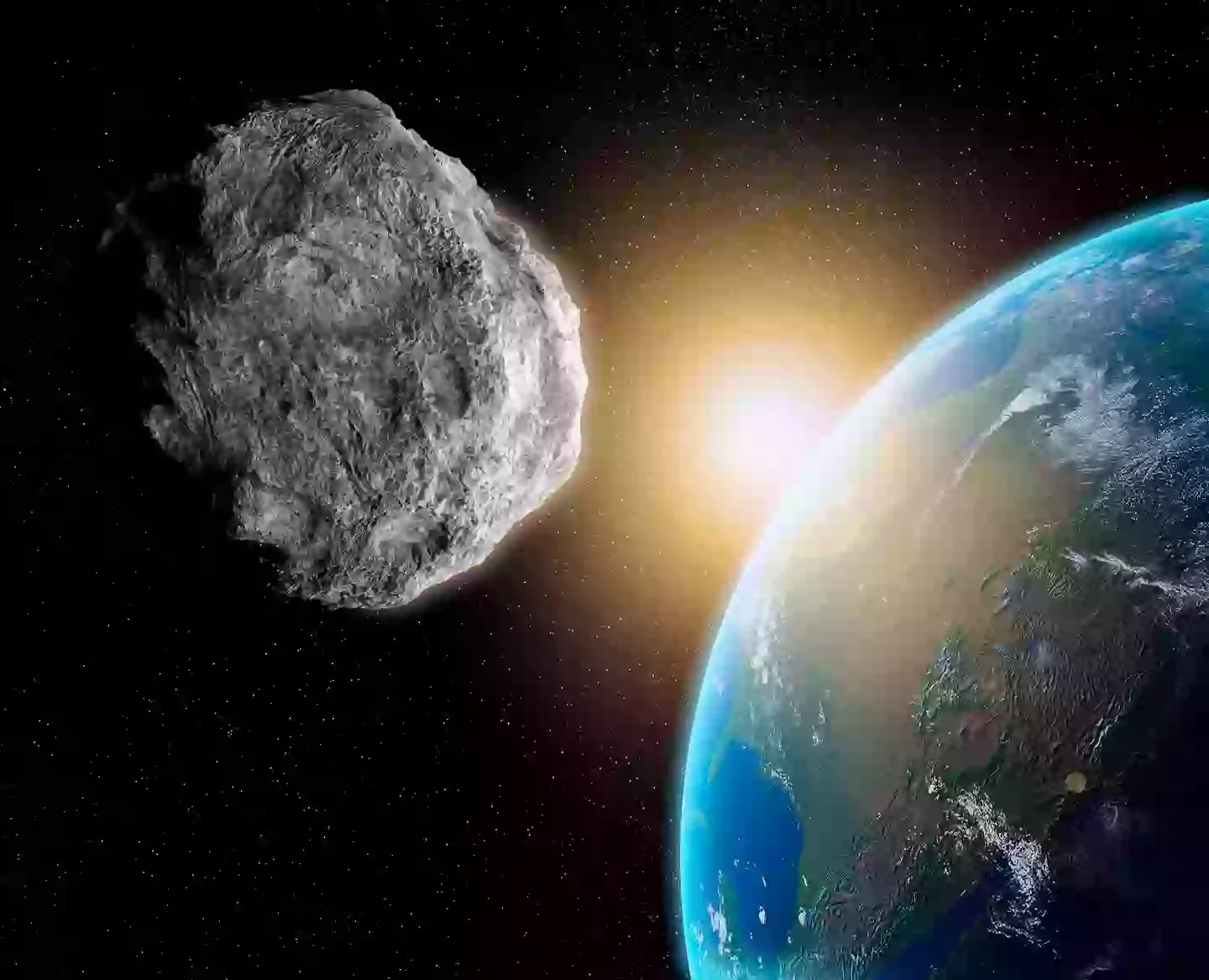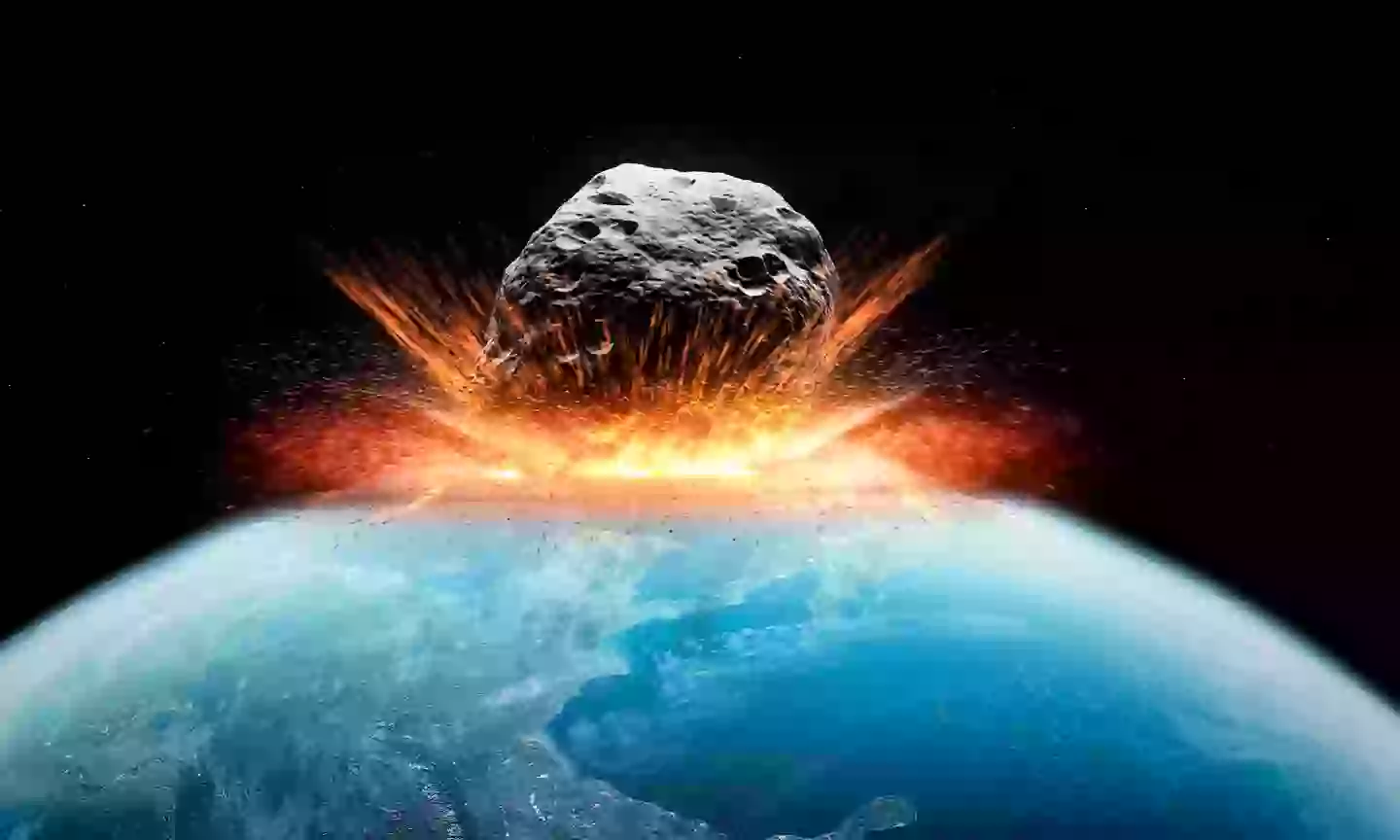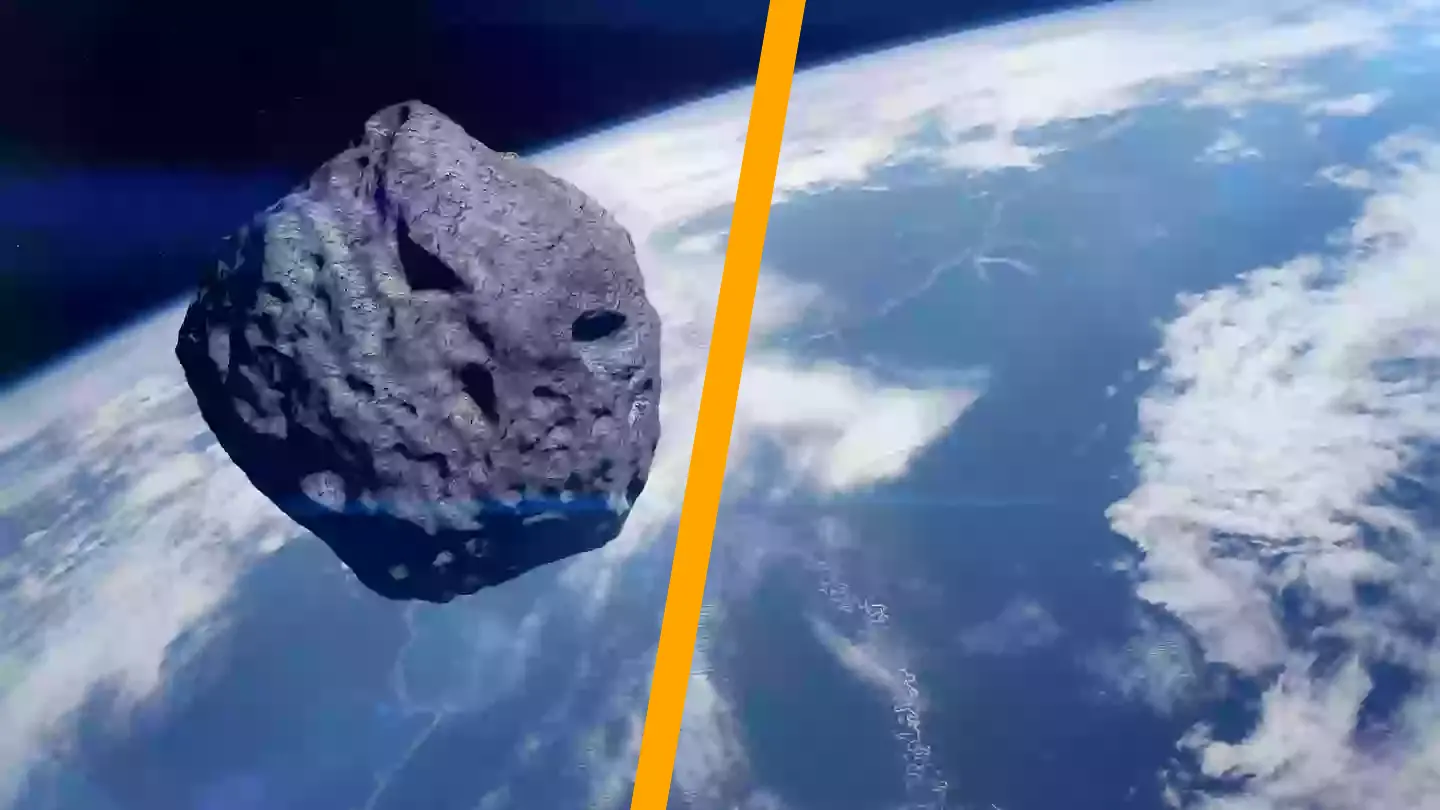Researchers have reported that a newly discovered ‘city-destroying’ asteroid poses a greater risk of impacting Earth than previously estimated.
NASA identified this alarming asteroid in December of last year, now referred to as 2024 YR4.
Initially detected by an automated telescope in Chile, this space rock has quickly climbed to the top of the impact risk list managed by US and European space agencies.
There is a concern that the asteroid could strike Earth as soon as 2032. The European Space Agency (ESA) had earlier estimated a 1.3 percent chance of collision on December 22 of that year.
However, experts have recently revised the odds to 2.2 percent based on fresh data obtained from telescopes.
Speaking with Yahoo News, Juan L Cano from the ESA’s Planetary Defence Office stated: “The results are analysed on a daily basis, so we are updating the results every day with observations that are provided.”
“We are retrieving that information, the new measurements in order to redo all the calculations on a daily basis. We are reaching the 2 percent today. Yesterday we reached 1.8 percent.”
Astronomers caution that this percentage may continue to vary as more observations are conducted.

According to CNN Science, if the YR4 asteroid behaves like other asteroids that have posed threats in the past, the probability of impact will increase and then decrease again.
For instance, the asteroid Apophis, found in 2004, was once considered a potential threat to Earth. However, scientists revised that warning in 2021 after further assessing its orbit.
The more observations scientists can make of YR4, the better they can assess its size, trajectory, and potential for collision with Earth.
NASA’s blog post on the subject states: “As more observations of the asteroid’s orbit are obtained, its impact probability will become better known. It is possible that asteroid 2024 YR4 will be ruled out as an impact hazard, as has happened with many other objects that have previously appeared on NASA’s asteroid risk list, maintained by NASA’s Center for Near-Earth Object Studies.”
The International Asteroid Warning Network continues to monitor the asteroid, which will remain visible throughout April. However, it will become ‘too faint to observe’ until June 2028.

Experts estimate that YR4 is about 100 meters wide and could cause destruction on a city-wide scale if it were to impact.
However, Colin Snodgrass, a professor of planetary astronomy at the University of Edinburgh, advises that there is no immediate cause for alarm.
“Most likely this one will pass by harmlessly,” he said. “It just deserves a little more attention with telescopes until we can confirm that. The longer we follow its orbit, the more accurate our future predictions of its trajectory become.”
NASA also emphasizes that the likelihood of the asteroid striking Earth remains ‘extremely low’.
In conversations with Space.com, survey engineer Catalina Sky and asteroid hunter David Rankin echoed similar reassurances.
The duo remarked: “People should absolutely not worry about this yet. Impact probability is still very low, and the most likely outcome will be a close approaching rock that misses us.”

